Preparatory sketches: What are they for?
July 20, 2015 2021-07-03 17:22Preparatory sketches: What are they for?
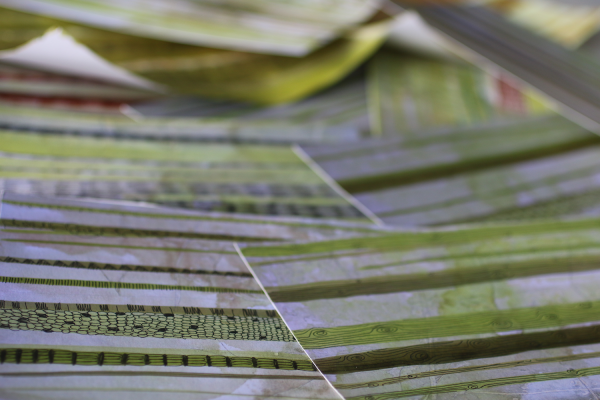
I used to be very impatient and rush to paint, I so wanted to have fun with the paint that I was skipping the preparatory sketches phase.
As I am getting more experienced, I now realize the virtue of not rushing. I also understood that the earliest mistakes are also the most difficult to fix. Any mistake with composition for example will be way trickier to fix than a color adjustment.So it is very important to take the time necessary for planning before even starting a painting, and preparatory sketches are great for that.
Here are a few ideas you can try before starting to paint:
Thumbnail preparatory sketches
Thumbnail sketches are great for working on composition. They also give you the opportunity to see your design in a simplified way, usually with only three tones: dark, medium and light.
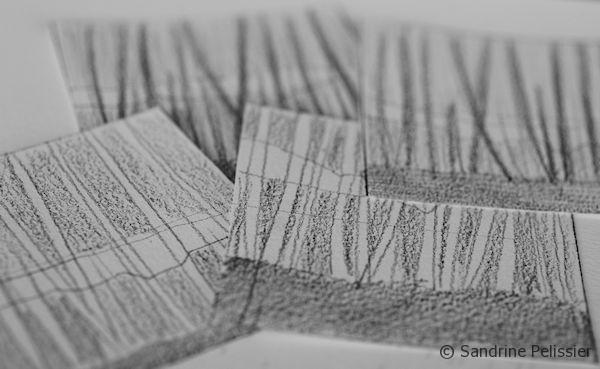
Trying on composition variations on thumbnail sketches.
Seeing a picture at a smaller scale is a good way to spot any problem within the composition, that is why thumbnail sketches are an excellent tool. To make your sketches, simplify your design into a few essential shapes and color them in one of the 3 main tones: light, medium or dark.
Thumbnail sketches are also a great way to take a distance from your reference picture, you can use a reference picture to draw the sketches and then rely more on these sketches than the original picture to make your painting.
Taking a picture of a painting you are working on and looking at it as a thumbnail on your camera or computer screen is a also good way to get a fresh perspective on your progress and spot problems.
I am a Blick Art Materials affiliate and I receive a small compensation for sales. That does not effect in any way the cost of the purchaser’s order but it helps me keeping the content of this blog free.

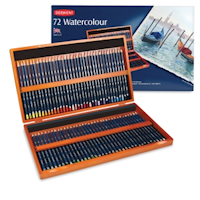 |
Derwent Watercolor PencilsThese professional-quality, water-soluble pencils offer the freedom to switch from drawing to painting in an instant, with no change in tools. Use them to shade on dry paper, then quickly wash over with brush and water to get a blending effect. – Watercolor Pencil Sets |
Trying color schemes on preparatory sketches
Thumbnail sketches are usually very small (a few inches) but sketches to try on color schemes or patterns can be bigger.

Trying on color schemes before painting.
You can try color schemes on sketches before starting to paint. To go faster you can make one drawing for the future painting and then scan that drawing. That way you can print it many times on paper and try on different color combinations.
- If you are trying on colors with colored pencils, you can print on regular paper
- If you want to use watercolor paint, fluid acrylic, or oil pastels, you can print your drawing on Hahnemuehle bamboo paper. This paper won’t buckle with watercolor or fluid acrylic and is very pleasant to work on.
Trying on colors on Hahnemuehle Bamboo paper.
Trying on Patterns on preparatory sketches
You can use little sketches with patterns sometimes before starting to paint but also during the painting process to help you take a decision.

You can test a few patterns before starting to paint.

You can paint a few patterns ideas on paper and tape them with masking tape to see how they would look on an area of our painting.










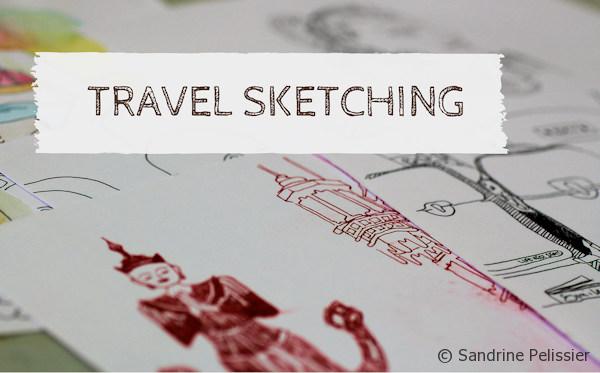
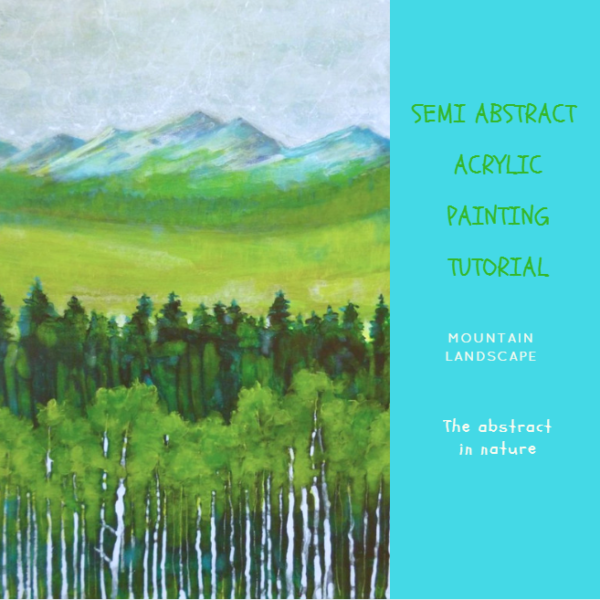

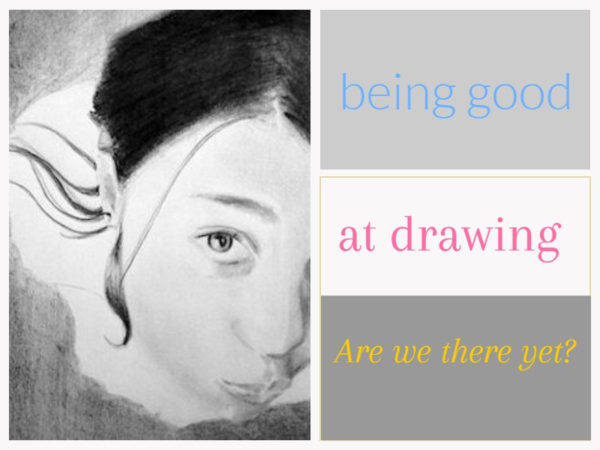
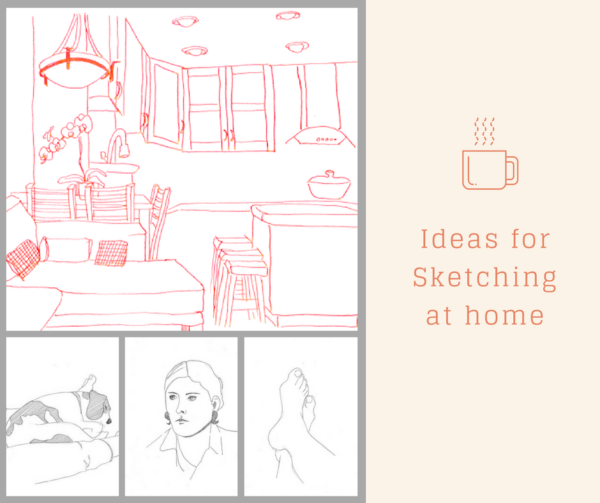

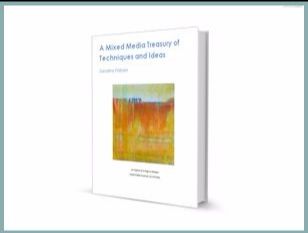

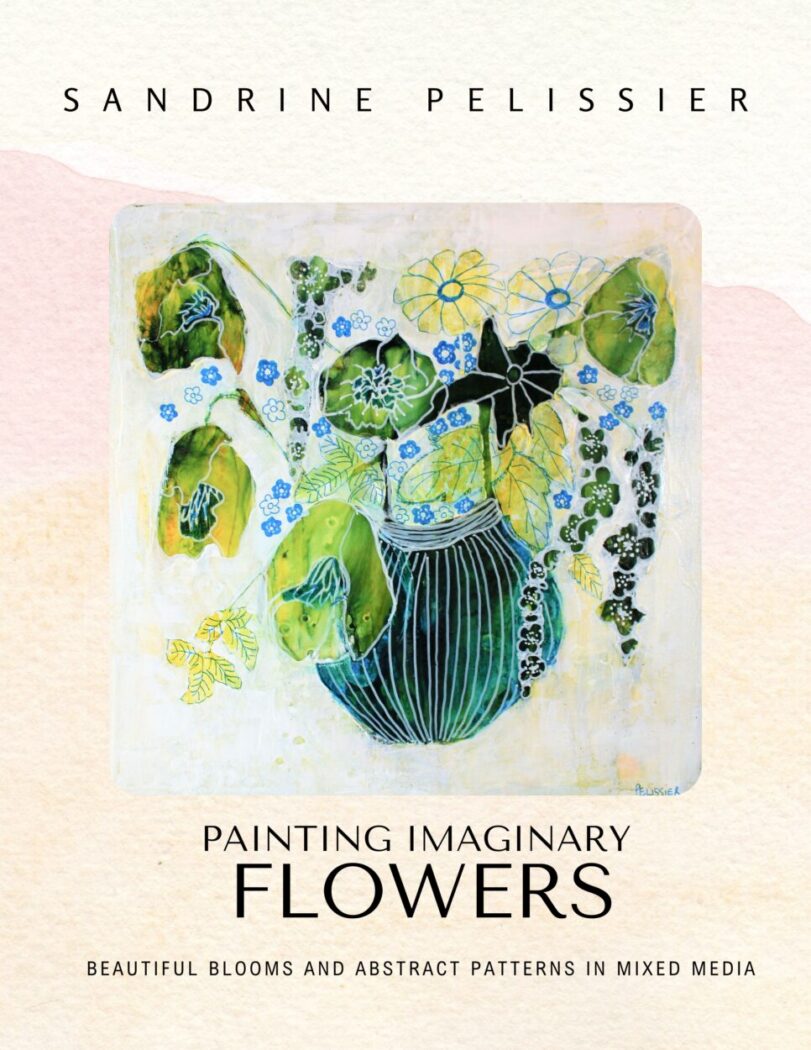
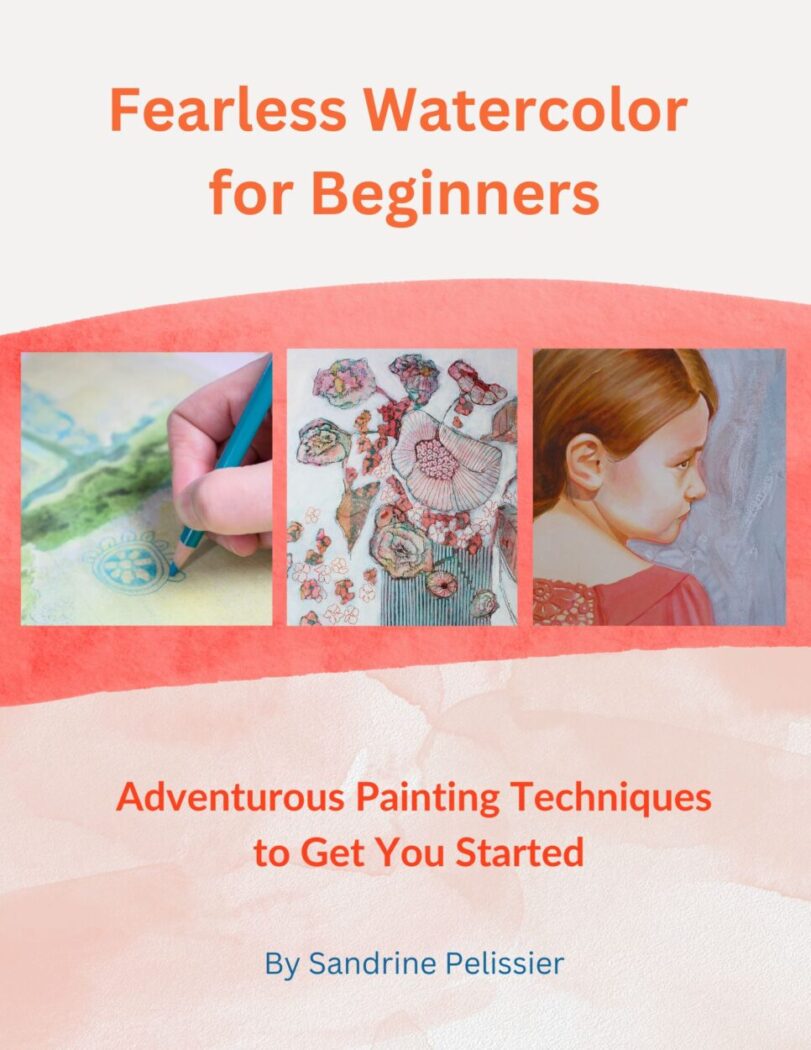

Comments (2)
Kent
Very helpful. I painted for a while ten years ago. I still have my paints and other supplies, but I just can’t seem to find the motivation. Painting is not my primary artistic outlet, and it certainly isn’t my best, but I find the process to be compelling and filled with infinite possibilities. So maybe I am looking at the bigger picture and it is keeping me from starting. Your ideas interest me. Maybe if I just made a few sketches. Maybe if I just played around with the colors. That might just work. Thanks.
Sandrine Pelissier
I think, as artists, we sometimes get very focused on the final result, “Will I like it?””Is it good enough?” “Could it sell” and that pressure can take off a bit of the simple joy of painting. It is great that you find the process compelling and it might be enough sometimes. I mean even if you may not be as satisfied as you wanted to with the result, you still enjoyed being in the moment and paint, and you also practiced which is the only way to get better.